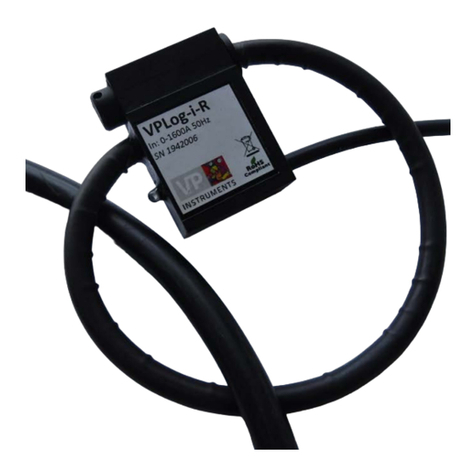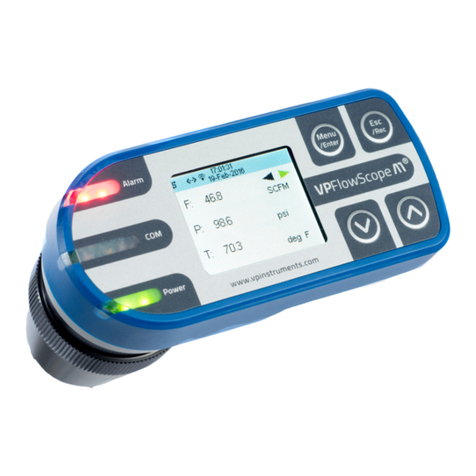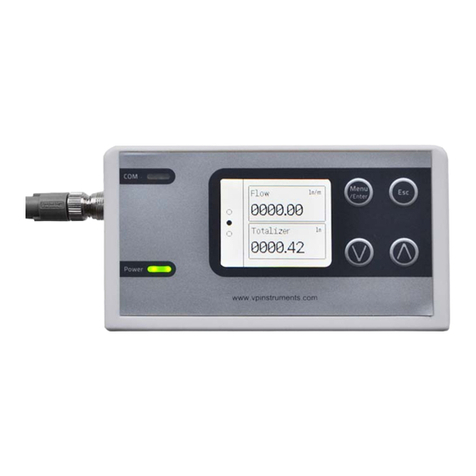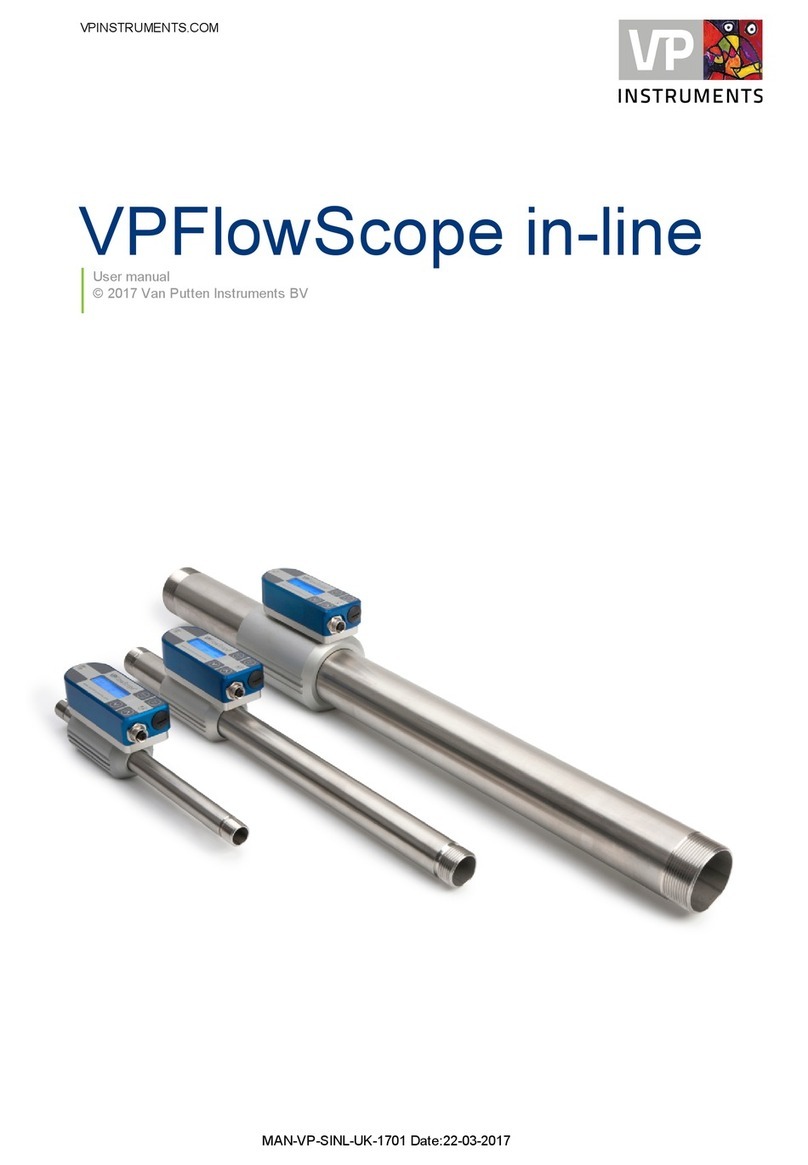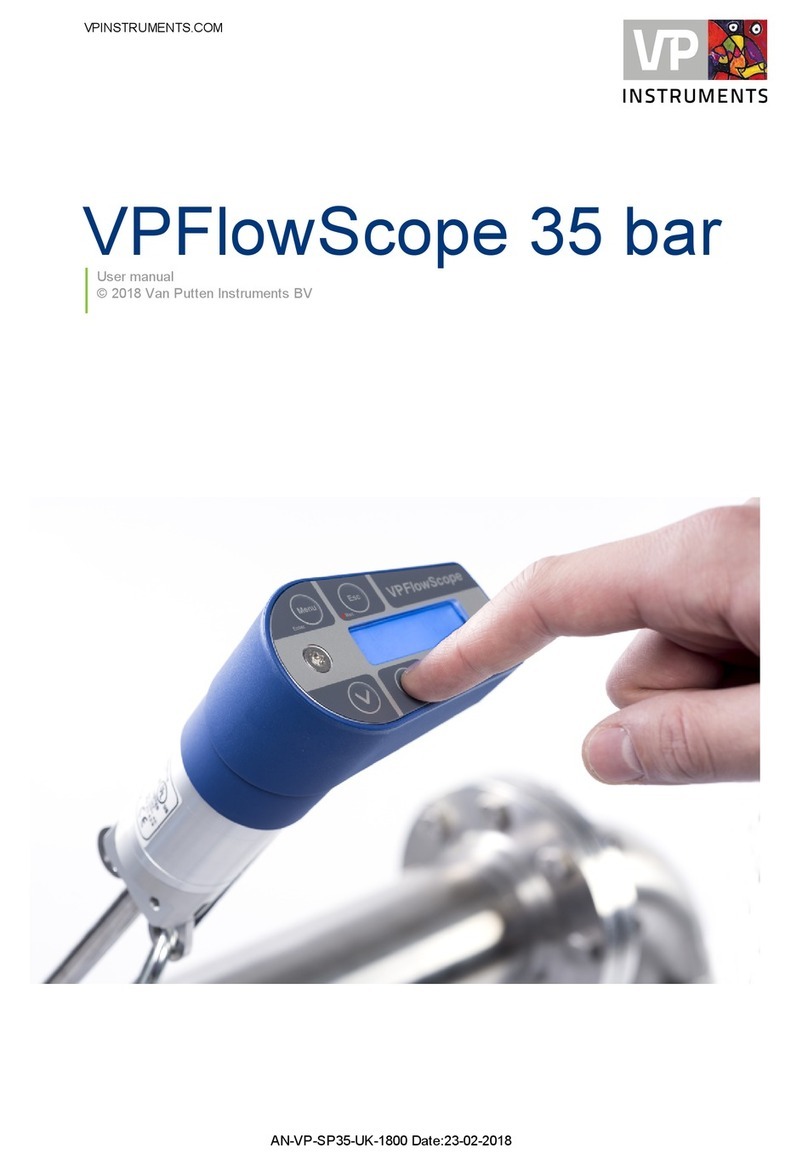
3
Table of Contents
1Warning - Read this first 5
2Introduction 6
................................................................................................................................... 7
1 System overview
3Quick start in 9 steps 8
4Preparation 9
................................................................................................................................... 9
1 P&ID
................................................................................................................................... 9
2 Contact IT department
.......................................................................................................................................................... 9
General access
.......................................................................................................................................................... 10
Connect via Ethernet
.......................................................................................................................................................... 10
Access remotely
................................................................................................................................... 10
3 Create wiring diagram
................................................................................................................................... 11
4 Sensor configuration
5Hardware installation 12
................................................................................................................................... 12
1 PC connection
................................................................................................................................... 12
2 RS485 connection
................................................................................................................................... 14
3 Analog input connection
................................................................................................................................... 14
4 VPN connection
................................................................................................................................... 15
5 Cellular internet
................................................................................................................................... 15
6 Power supplies
................................................................................................................................... 16
7 VPVision_M
6Getting started with VPVision 17
................................................................................................................................... 17
1 Terminology
................................................................................................................................... 17
2 Accessing the site settings
................................................................................................................................... 18
3 Authentication
................................................................................................................................... 18
4 User management
................................................................................................................................... 18
5 Managing input devices
................................................................................................................................... 18
6 Defining widgets
................................................................................................................................... 18
7 Composing pages
................................................................................................................................... 19
8 Reports and Alarms
7Advanced configurations 19
................................................................................................................................... 19
1 System status
................................................................................................................................... 19
2 License management
................................................................................................................................... 19
3 Network settings
................................................................................................................................... 19
4 Mail server settings
8Specification 20












